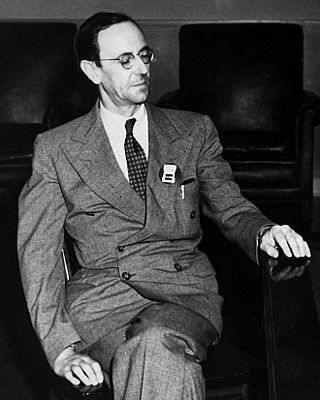
Sir James Chadwick, was an English physicist who was awarded the 1935 Nobel Prize in Physics for his discovery of the neutron in 1932. In 1941, he wrote the final draft of the MAUD Report, which inspired the U.S. government to begin serious atom bomb research efforts. He was the head of the British team that worked on the Manhattan Project during World War II. He was knighted in Britain in 1945 for his achievements in physics.

Antony Hewish was a British radio astronomer who won the Nobel Prize for Physics in 1974 for his role in the discovery of pulsars. He was also awarded the Eddington Medal of the Royal Astronomical Society in 1969.

Pyotr Leonidovich Kapitsa or Peter Kapitza was a leading Soviet physicist and Nobel laureate, whose research focused on low-temperature physics.

Sir Nevill Francis Mott was a British physicist who won the Nobel Prize for Physics in 1977 for his work on the electronic structure of magnetic and disordered systems, especially amorphous semiconductors. The award was shared with Philip W. Anderson and J. H. Van Vleck. The three had conducted loosely related research. Mott and Anderson clarified the reasons why magnetic or amorphous materials can sometimes be metallic and sometimes insulating.
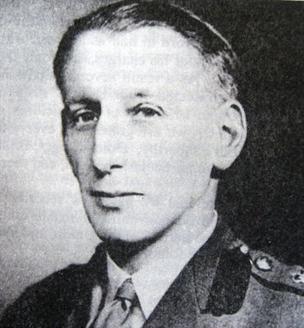
Sir Basil Ferdinand Jamieson Schonland OMG CBE FRS was noted for his research on lightning, his involvement in the development of radar during World War II and for being the first president of the South African Council for Scientific and Industrial Research.
Matthew Moncrieff Pattison Muir, FRSE, FCS (1848–1931) was a British chemist and author. He taught chemistry at Gonville and Caius College, Cambridge and was head of the Caius Laboratory there. Although he published some research on bismuth compounds, he became known through his textbooks and history of science works.
David Shoenberg, MBE FRS, was a British physicist who worked in condensed matter physics. Shoenberg is known for having developed experimental and theoretical principles to study the De Haas–Van Alphen effect to characterize the electrical conduction of metals.
Rappal Sangameswaran Krishnan was an Indian experimental physicist and scientist. He was the Head of the department of Physics at the Indian Institute of Science and the vice chancellor of the University of Kerala. He is known for his pioneering researches on colloid optics and a discovery which is now known as Krishnan Effect. He was a Fellow of the Indian Academy of Sciences, Indian National Science Academy and the Institute of Physics, London and a recipient of the C. V. Raman Prize. 25 students were guided by RSKrishnan for Ph D. Dr T N Vasudevan was the 25th. Prof Vasudevan retired from Physics Dept, Calicut University died on 2 August 2021

Sir Richard Threlfall was an English chemist and engineer, he established the School of Physics at the University of Sydney and made important contributions to military science during World War I. He was elected a fellow of the Royal Society in 1899, and was created KBE in 1917 and GBE in 1927.

Thomas Edward Allibone, CBE, FRS was an English physicist. His work included important research into particle physics, X-rays, high voltage equipment, and electron microscopes.
Giacinto Scoles is a European and North American chemist and physicist who is best known for his pioneering development of molecular beam methods for the study of weak van der Waals forces between atoms, molecules, and surfaces. He developed the cryogenic bolometer as a universal detector of atomic and molecule beams that not only can detect a small flux of molecules, but also responds to the internal energy of the molecules. This is the basis for the optothermal spectroscopy technique which Scoles and others have used to obtain very high signal-to noise and high resolution ro-vibrational spectra.
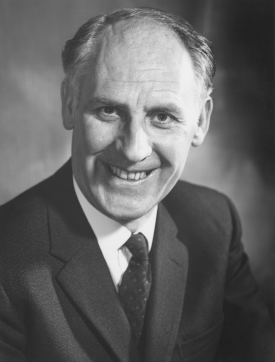
Raymond Hide CBE FRS was a British physicist, who was a professor of physics at the University of Oxford and, since 2000, senior research investigator at Imperial College, London.

John Michael Kosterlitz is a Scottish-American physicist. He is a professor of physics at Brown University and the son of biochemist Hans Kosterlitz. He was awarded the 2016 Nobel Prize in physics along with David Thouless and Duncan Haldane for work on condensed matter physics.

Gonville and Caius College, often referred to simply as Caius, is a constituent college of the University of Cambridge in Cambridge, England. Founded in 1348 by Edmund Gonville, it is the fourth-oldest of the University of Cambridge's 31 colleges and one of the wealthiest. In 1557, it was refounded by alumnus John Caius. The college has been attended by many students who have gone on to significant accomplishment, including fifteen Nobel Prize winners, the second-highest of any Oxbridge college after Trinity College, Cambridge.
Anna McClean Bidder was an English zoologist and academic. She was co-founder and first President of Lucy Cavendish College, Cambridge.
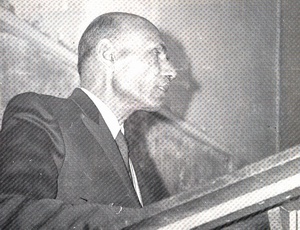
Rafi Muhammad Chaudhry FPAS HI, NI, SI, Skdt best known as R. M. Chaudhry, was a Pakistani nuclear physicist and a professor of particle physics at the Government College University. His teaching and instructions on modern physics influenced many of his student to pursue career in physics who regard him as one of the key architects of having been the pioneer of experimental nuclear physics research in Pakistan and, along with Abdus Salam and Ishrat Hussain Usmani, one of the main creators of Pakistan's nuclear weapons research program in the 1970s. Chaudhry, who served as professor of nuclear physics at Government College University, was later referred to by Dr. Samar Mubarakmand, one of his students, as "the true father of the nuclear weapons program of Pakistan".

Henry Edgar Hall FRS was a professor of low temperature physics at the University of Manchester. He was the 2004 recipient of the Guthrie Medal and Prize. Hall was awarded a Ph.D. in 1957 from Emmanuel College, Cambridge with thesis title The rotation of liquid helium II. He worked at the University of Manchester from 1958 to 1995, when he retired. He died on 4 December 2015.

Andrew John Schofield is an academic and administrator who is the Vice-Chancellor of Lancaster University. A theoretical physicist, he was previously a Pro-Vice-Chancellor at the University of Birmingham and Head of its College of Engineering and Physical Sciences. As an academic, his research focus is in the theory of correlated quantum systems, in particular non-Fermi liquids, quantum criticality and high-temperature superconductivity.
Helium-3 surface spin echo (HeSE) is an inelastic scattering technique in surface science that has been used to measure microscopic dynamics at well-defined surfaces in ultra-high vacuum. The information available from HeSE complements and extends that available from other inelastic scattering techniques such as neutron spin echo and traditional helium-4 atom scattering (HAS).
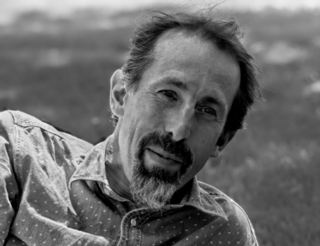
Jeremy John Baumberg, is a British physicist who is Professor of Nanoscience in the Cavendish Laboratory at the University of Cambridge, a Fellow of Jesus College, Cambridge and Director of the NanoPhotonics Centre.














